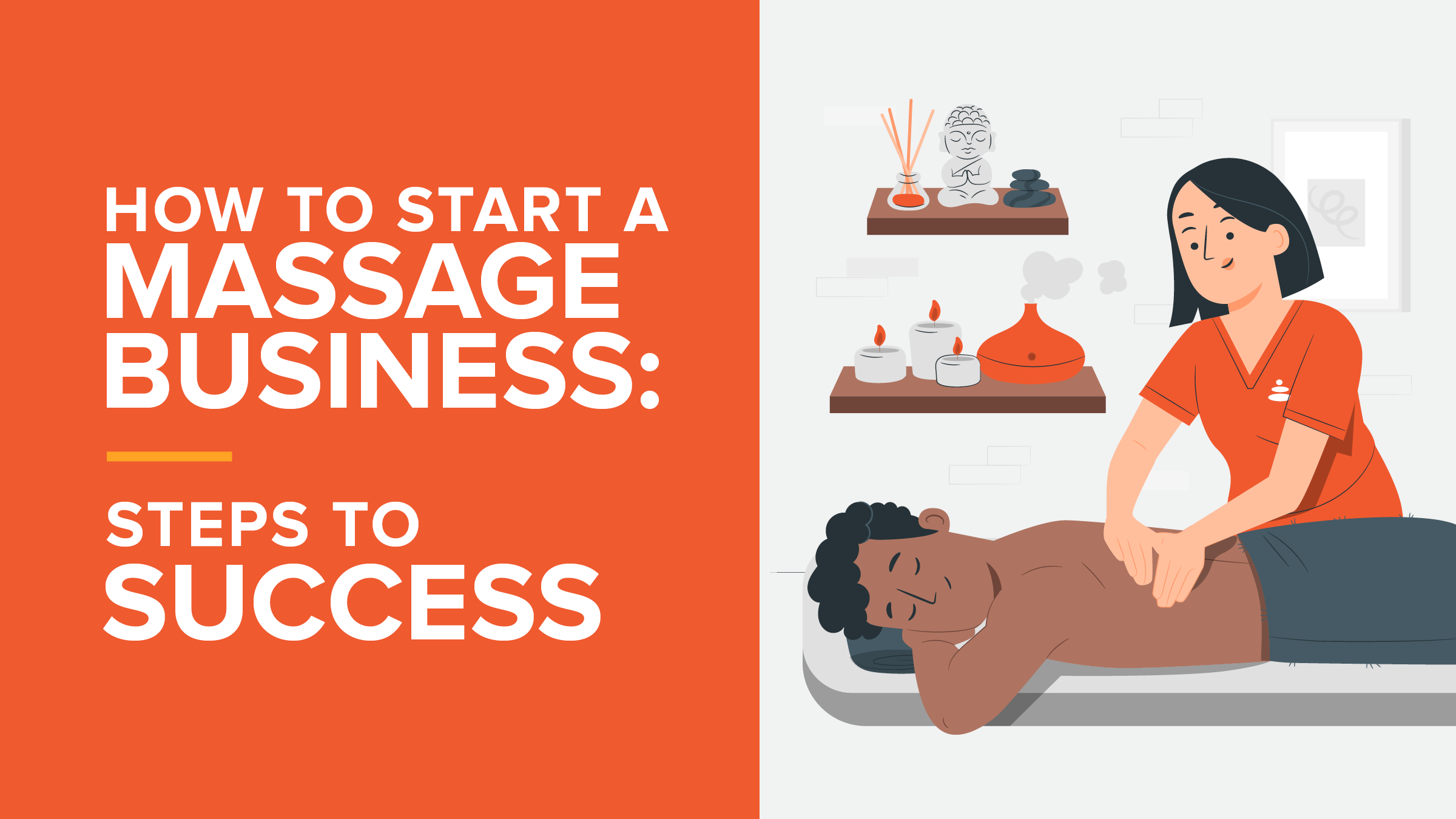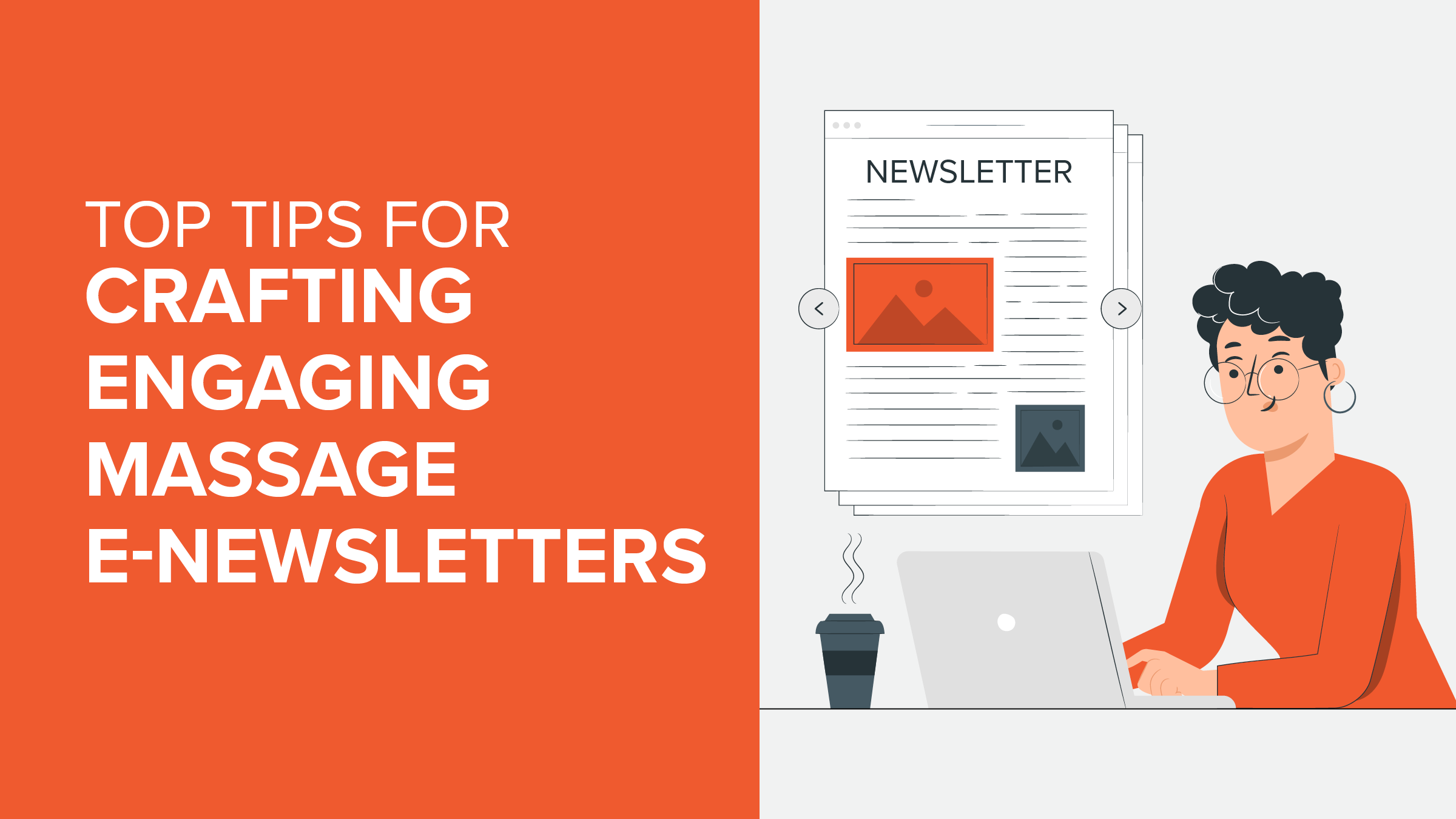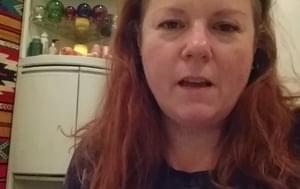Marketing Massage Therapy: 7 Effective Techniques to Explore
- Kyle Cannon
- September 13, 2023
- - Marketing

The massage industry is a difficult one to gain traction in. While the health and wellness benefits of massage are clear to professionals like you, many still see it as a luxury service and an indulgence. And, with the number of massage therapists increasing by 8% over the last decade, the industry is more competitive now than ever. This means that it’s crucial to focus on promoting your practice and setting it apart from others.
To do so, you need a robust massage marketing strategy to maximize the number of potential clients who hear about your practice. To help you develop your strategy, we’ll cover seven effective massage marketing techniques that you can employ:
- Identify your niche.
- Establish well-designed branding.
- Create a professional website.
- Leverage multiple marketing channels.
- Provide incentives to increase bookings.
- Post personal testimonials and reviews.
- Partner with other businesses.
Regardless of whether you’re just starting your massage business or if you’re one of the top massage therapists in your area, attracting new clients is an essential part of your success. With these strategies, you’ll be able to generate a higher level of awareness for your business and grow it into the thriving practice you’ve envisioned.
Massage Therapy Marketing Best Practices
Before we jump into specific techniques your massage practice should implement to improve your marketing efforts, let’s go over general massage therapy marketing best practices your business should already be following:
-
Provide great customer service. The foundation of marketing your massage business is providing great customer experiences that make them want to return for more. Ask for feedback from your customers about where you can improve and take steps to deliver the best massage experience possible to ensure they’ll spread the word about your practice.
-
Build a professional website. Your website is the first stop for most potential clients—they’ll visit it to learn more about your practice, the services you offer, your pricing, and more. Ensure it reflects your business’s professionalism by making it visually appealing, accessible, and mobile-optimized.
-
Draw customers in with promotions. Everyone loves discounts, and your business’s clients are no exception. During slow seasons, offer promotions and discounts on your services to draw more customers in.
-
Volunteer at local events. Improve your business’s visibility in your community by volunteering to provide massages at local events. This could mean giving 10-minute massages at the annual school fair, to competitors at a nearby dance competition, or to residents at a local retirement home. Be sure to bring business cards and pamphlets to give to satisfied customers so they know where to find your practice for future massages.
Now that you know these best practices, let’s jump into the techniques you can use to improve your marketing strategy.
1. Identify your niche.
Especially if you’re just starting out, identifying your business’s niche is essential to creating a thoughtful and successful massage marketing strategy. Plus, it will help you set yourself apart from your competitors, allowing you to secure more customers.
To identify your niche, perform the following tasks:
-
Assess your skills and expertise. Assess both your strengths and what you enjoy doing. For example, you might be skilled in aromatherapy, but you might enjoy giving Swedish massages as well. Consider how you can incorporate both types of massage into your business and how it will change your massage marketing strategy.
-
Identify your target market. Choose your target market based on your areas of expertise and interests. Develop prospective client personas that include demographics, needs, habits, preferences, and any other information that you find relevant.
-
Survey your competition. Research your competitors to learn information such as their client base and main offerings. Brainstorm ways to set yourself apart from them. Additionally, evaluate their marketing for effective strategies and consider how you could apply those insights to your promotional efforts.
Completing these tasks will help you come up with your unique selling point and proposition. For example, let’s say that you specialize in prenatal massages and also really enjoy aromatherapy. Your competitors, on the other hand, mostly focus on deep-tissue massages or sports massages. Plus, you know that your massage practice is located near several OBGYN offices.
In this scenario, you could center your massage practice on creating a gentle, relaxing experience for pregnant individuals. Not only will this differentiate your practice from your competitors, but it will also guide your marketing efforts to help you capture the attention of your target audience.
2. Establish well-designed branding.
Cohesive and well-designed branding allows potential clients to connect with your massage practice before even setting foot in your facility. To create compelling branding, you’ll need to consider both visual and verbal branding elements.
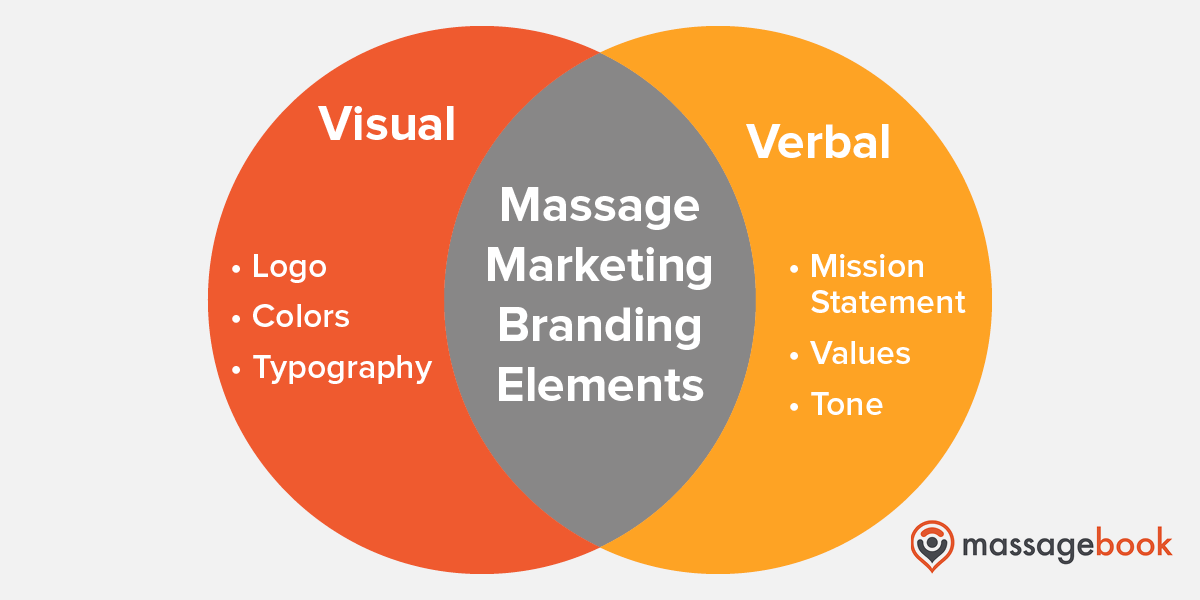
Visual branding refers to elements that you can see. It includes:
- Logos
- Colors
- Typography
When choosing your visual branding style, make sure that it’s harmonious and easy to read. For example, neon colors and busy fonts may not be the best choices for your visual branding elements if you’re trying to promote a relaxing experience.
Verbal branding, on the other hand, refers to the written choices you make. This covers your:
- Mission statement
- Values
- Tone
Consider how you’d like to discuss your massage practice with potential clients. For example, if you’re focusing on medical massages, then you may want to refer to your practice as a “massage clinic” in your marketing materials and write with a more professional tone to ensure that clients see you as a serious care provider.
After you make your selection, brand all of your promotional materials consistently, from your website to your social media posts to your email newsletters. To make this easier on yourself, create a brand guide that you can refer to every time you create new marketing materials.
By making good branding choices, you’ll be more likely to connect with potential clients. They’ll feel a connection with you and be more at ease booking their first appointment.
3. Create a professional website.
The cornerstone of marketing massage therapy is your practice’s website. While potential clients might discover your practice through a variety of different channels, they’ll expect to access your website for key information, such as your offerings and location.
When creating your website, ensure that it is:
-
Well-designed. Not only do you want your website to be visually appealing, but you also want it to be well-designed from a functional standpoint. This means that the layout should be intuitive and that interactive elements should work as intended.
-
Easy to navigate. Potential customers should be able to easily navigate to the pages they want to view, whether that’s through a navigation bar or a footer. Highlight key pages in these locations, such as your services page, about page, contact page, and bookings page.
-
Search engine optimized. Search engine optimization (SEO) is crucial for your website to be easily discoverable through search engines such as Google. Research SEO best practices that you can incorporate into your web design to ensure that search engines rank your website highly on results pages for relevant search queries.
-
Mobile responsive. Almost 60% of web traffic comes from mobile devices, making it essential for your website to be optimized for mobile devices. That way, people can easily access your site on the go and learn more about your offerings, increasing your chances of obtaining new clients.
While marketing massage therapy is crucial, you need to secure the potential clients who visit your site. Pay special attention to key pages to ensure that they run smoothly and lead visitors to book an appointment. Your home page should be inviting to encourage visitors to remain on your website and your blog roll should be regularly updated with valuable content to help them learn more about your business.
Your bookings page is essential to your massage marketing efforts. It should allow clients to find open appointment slots and book their massages online. This makes it easier for you to convert interested web visitors into customers. Plus, the right booking tools will send appointment confirmations and reminders to clients, which can reduce no-shows, saving you time and money.
4. Leverage multiple marketing channels.
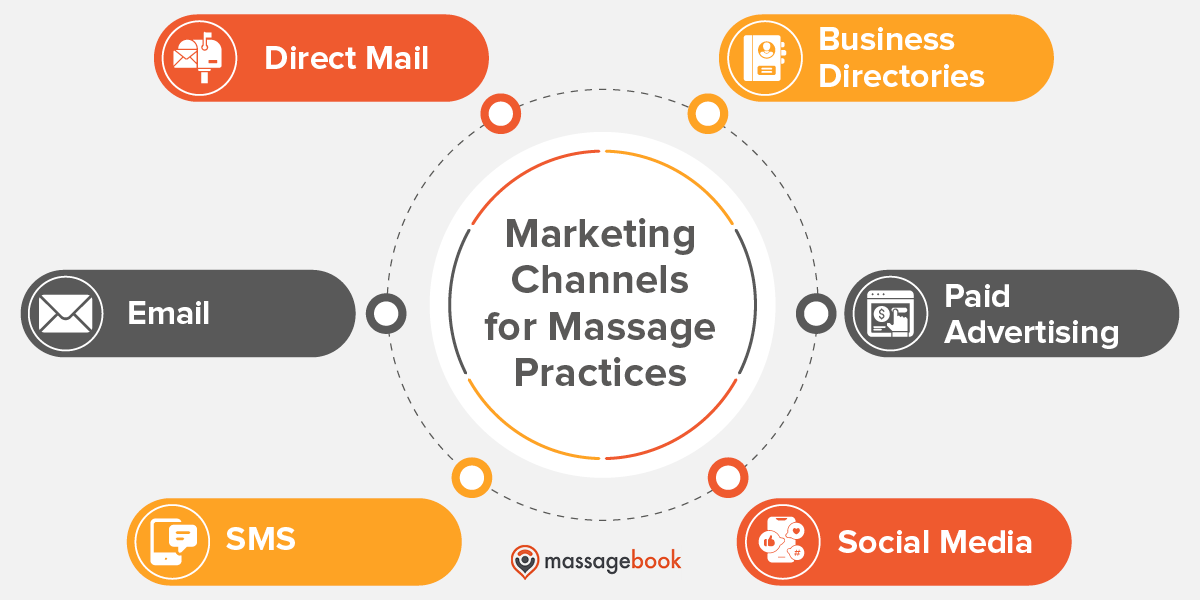
Cultivating multiple marketing channels empowers you to reach as many clients as possible. After all, not all of your potential clients will frequent the same channels. Maximize your reach with these popular marketing channels:
-
Direct mail. For massage businesses that are just starting out, direct mail allows you to reach potential clients who live nearby. Develop visually appealing and professional flyers or postcards that you send via snail mail to generate interest in your massage practice.
-
Email. Although email may not be the most effective way to reach new clients, it is extremely effective for connecting with past and current clients. Since customer retention is as important as customer acquisition, create a thorough email marketing strategy that re-engages your past clients.
-
SMS. Text marketing is another great way to reconnect with past and current clients. Since there is a 160-character limit per message, write short and snappy messages that pique the reader’s attention. For example, promote your holiday discounts with a text that says: “Celebrate this Valentine’s Day with your partner with a couple’s massage! Book by February 5 for a 10% discount!”
-
Social media. Social media platforms allow you to market massage therapy to a wider audience due to their popularity. Consider your target audience’s demographics and which social media platforms they’d be most likely to use, and create engaging content to catch their attention. Create business accounts on platforms such as Instagram, Facebook, and TikTok for marketing massage therapy and reaching out to potential new clients.
-
Paid advertising. If you have the budget to allocate to it, paid advertising is a great option for increasing the visibility of your business. Consider investing in search engine ads and social media ads to maximize the number of individuals who see your marketing materials and convert viewers into clients.
-
Online business directories. Directories are a great way to boost your visibility and attract people looking for professional massage therapists and businesses. Plus, popular directories like Google and Yelp have high conversion rates, since your customers are already looking for what you offer. Research and add your business to massage directories that are a good fit for your practice and rank well in web searches to upgrade your massage marketing outreach.
Although we recommend marketing massage therapy through a variety of channels, that does not mean that you have to promote your business through every single possible channel. Focus your efforts on a few of the channels and develop thorough strategies for each one to maximize the customers you reach out to and acquire.
5. Provide incentives to increase bookings.
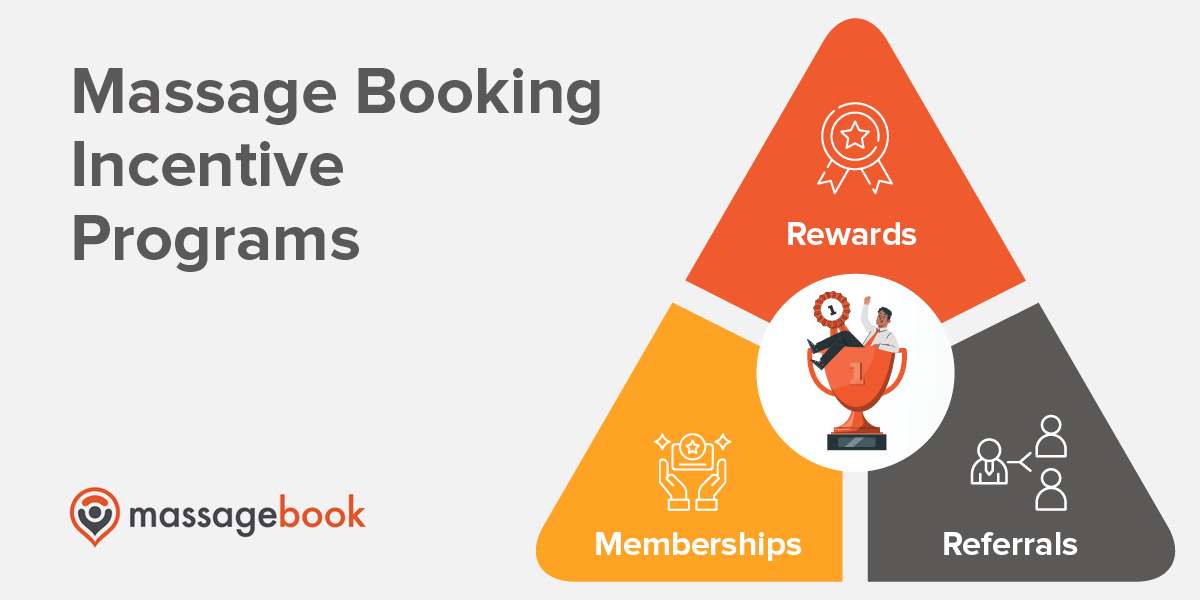
You work hard and deserve compensation for your efforts. However, discounts can be an excellent marketing investment if used correctly. You can implement discounts through the following incentive programs:
-
Rewards. In a rewards program, you’ll provide clients with a discount or a freebie after a certain amount of bookings. For example, you could offer a free hand massage after five massage sessions, or a 15% discount on a client’s tenth massage booking. This allows you to build stronger relationships with clients and encourage their repeat bookings.
-
Referrals. Referral programs work very similarly to rewards programs, except instead of rewarding clients after a certain amount of massages, you reward them for referring their friends to your practice. For example, you could give referred clients a 10% discount on their first massage, and the referring client a 10% discount for every new referral. This strategy not only helps you gain new customers but also encourages the retention of existing clients.
-
Memberships. With a membership program, clients pay you monthly for a set amount of services that they receive. This allows you to grow the number of regulars you see and creates a more predictable revenue stream to ensure the success of your business.
Some massage therapists have found success going to local events such as 5K races and offering free 10-minute massages. This small incentive allows you to connect with many new potential clients, helping your practice fill the empty slots in your schedule.
6. Post personal testimonials and reviews.
To build trust in your practice within your community, leverage the power of personal testimonials and reviews. After building your list of loyal customers, ask them to provide feedback and their reviews of your services on Google, Yelp, and other business directories. Having a public base of positive reviews improves the reputation of your business and will help you acquire new clients.
To boost the number of online reviews you receive, consider investing in an automated solution to gather reviews from satisfied customers. The right solution will automatically collect these reviews and post them on your website and Google, without any additional effort from you!
In addition to asking clients to leave online testimonials and reviews, encourage them to spread awareness of your massage practice through word-of-mouth. After all, people tend to trust the recommendations of their friends and family over all else. You can even incentivize your clients to make such recommendations with referral programs!
7. Partner with other businesses.
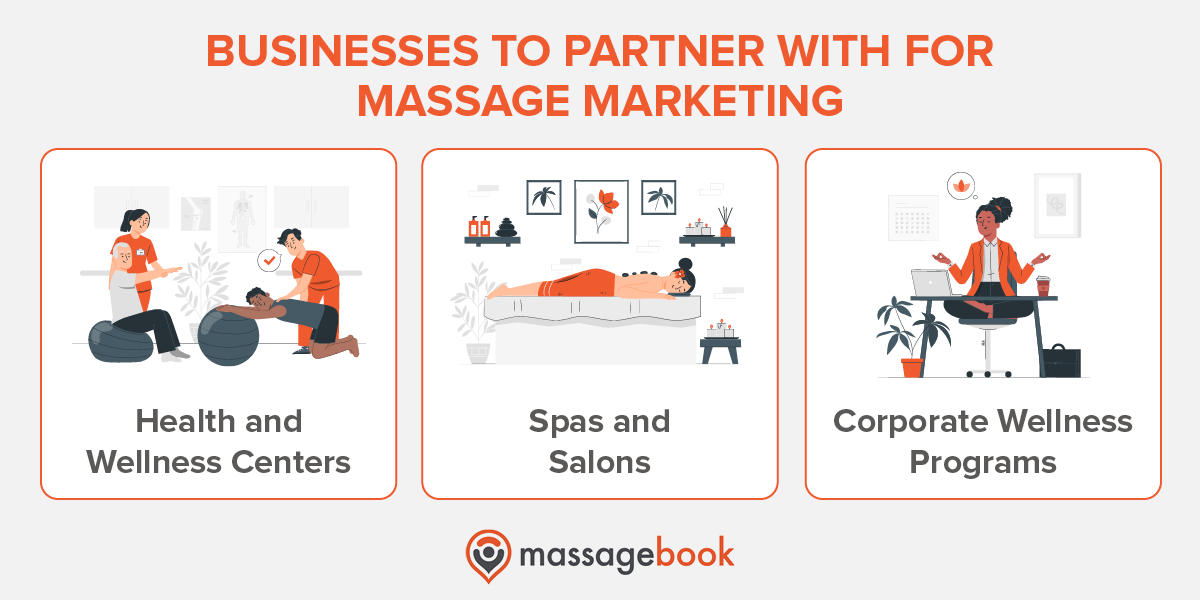
An often overlooked technique for marketing massage therapy is to partner with other businesses. These companies should be more established than your business and have a clientele that would be interested in your massage offerings. That way, you’ll be able to reach out to their well-cultivated audience.
Businesses you should consider partnering with include:
-
Health and wellness centers. These include chiropractic clinics, yoga studios, physical therapy clinics, and gyms and fitness centers. Since their offerings are adjacent to massages, it’s likely that their clients would be interested in your offerings as well.
-
Spas and salons. Spas and salons have a focus on relaxation and rejuvenation. While some offer massages in-house, many do not. Ask them if they would be willing to refer their clients to your practice for more pampering treatments.
-
Corporate wellness programs. Companies with a focus on their employees’ well-being may offer wellness programs to encourage them to stay healthy. These programs often include a stipend for gym memberships or discounted subscriptions for fitness apps. Contact local companies to see if they’d offer a stipend for massage memberships or offer their employees a discount on your services.
When marketing massage therapy to corporations, research companies that are local to your practice to drive the most conversions. Be prepared with a pitch of how a partnership with your practice would be beneficial for their stakeholders and how it will be worth their while.
Additional resources
As the massage industry grows increasingly competitive, it’s essential to develop a thorough massage marketing strategy that sets your practice apart from others. Consider investing in massage software that streamlines your marketing efforts and makes it easier than ever to acquire new clients.
With the help of these strategies, you’ll be well on your way to attracting the clients that your practice needs to succeed. If you’d like to learn more about improving your massage business, check out these resources:
- 7 Best Massage Therapy Software Solutions for 2023 — Massage therapy software can do more for your practice than simply streamlining your marketing efforts. Learn more about the top solutions here.
- A Guide to Massage Billing: Insurance Codes for Therapists — Accepting medical insurance at your massage practice has its benefits and drawbacks. If you’ve been thinking of accepting insurance, this guide covers the basics you need to know!
- SOAP Notes for Massage: A Complete Guide + Free Template — Taking SOAP notes can vastly improve the quality of your services and care. This guide will give you tips on how to take effective notes and even includes a free template!
- Author: Kyle Cannon
- Published: September 13, 2023
Grow and simplify your practice!
Related Posts
Top Massage Resources
Categories
Categories Index ( 21 )
- Friday focus (9)
- Massage therapists (42)
- Massage therapy benefits (7)
- Marketing (163)
- Massagebook features (12)
- Healthy living (12)
- Press (2)
- Practice management (57)
- From our ceo (3)
- Software releases (23)
- Education (5)
- People focus (3)
- Types of therapy (1)
- Uncategorized (1)
- Massagebook (36)
- Massage therapy (4)
- Massage practice (1)
- Massagebook (1)
- Fun (1)
- Guest blog (1)
- Resources (2)



